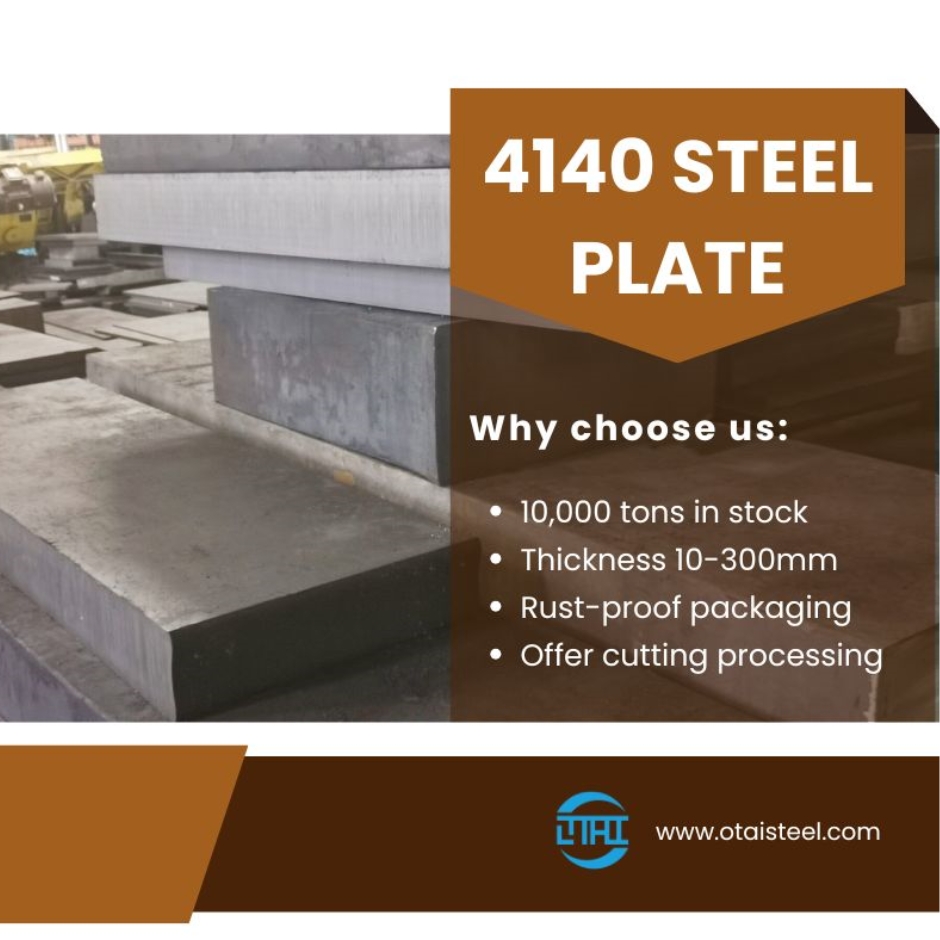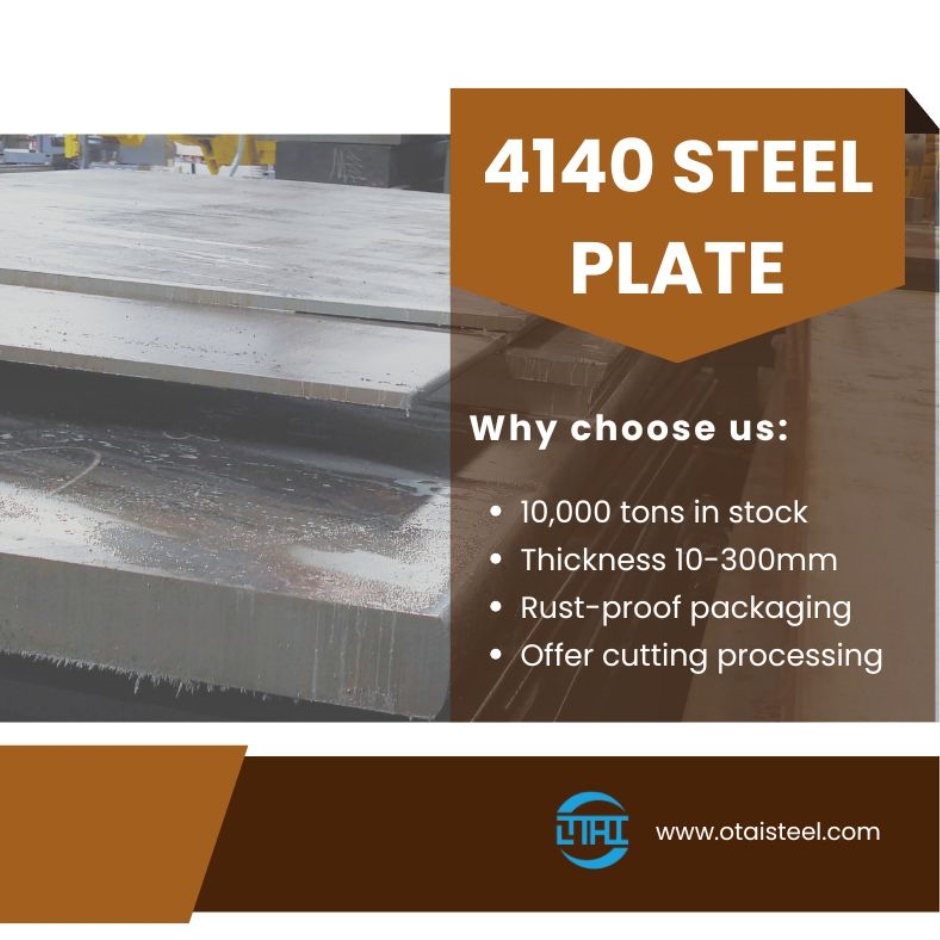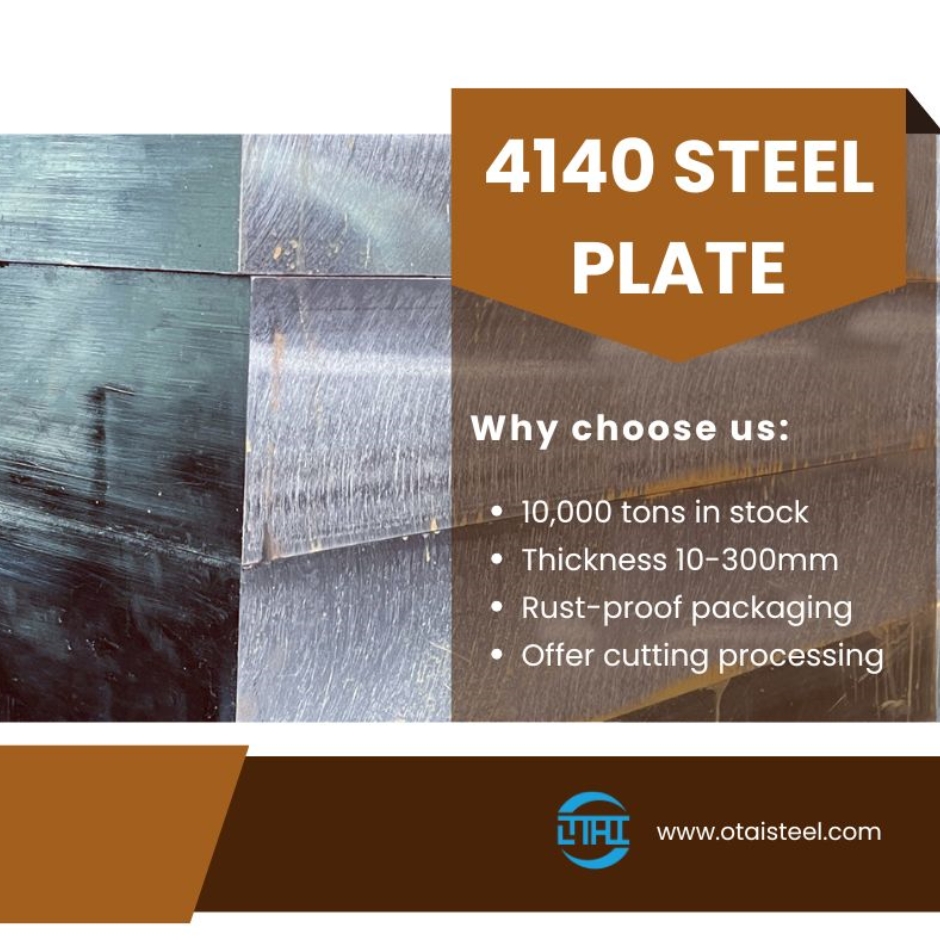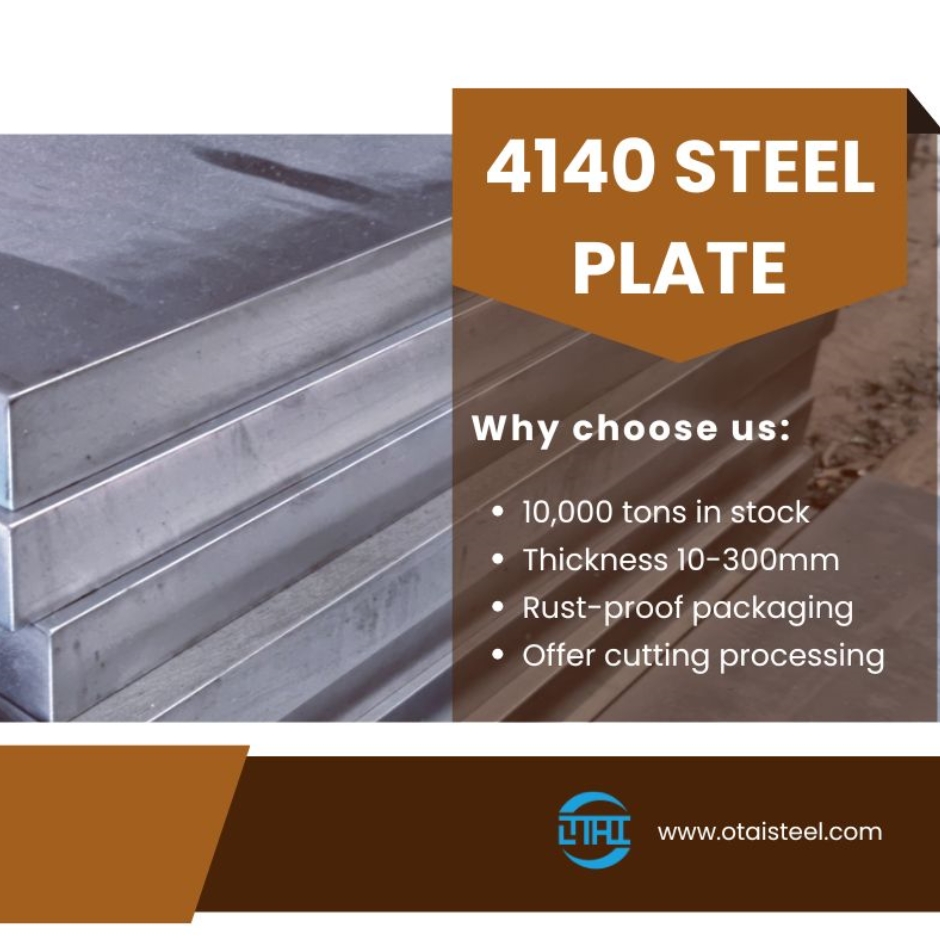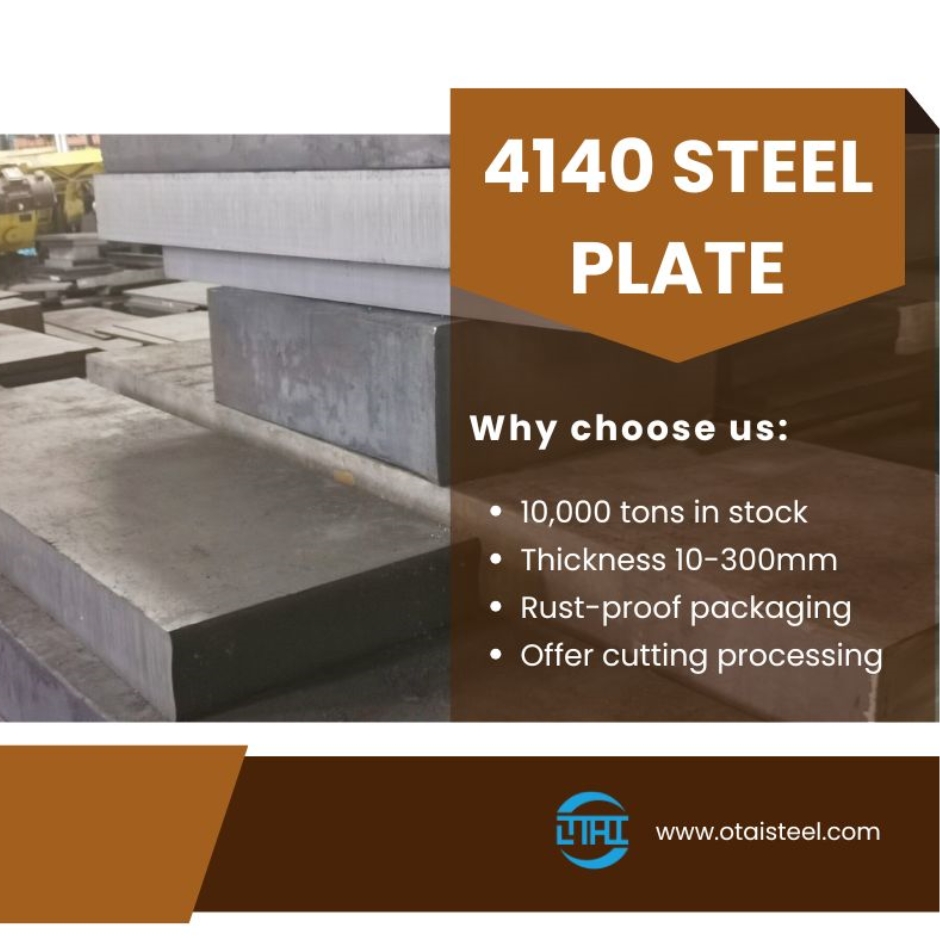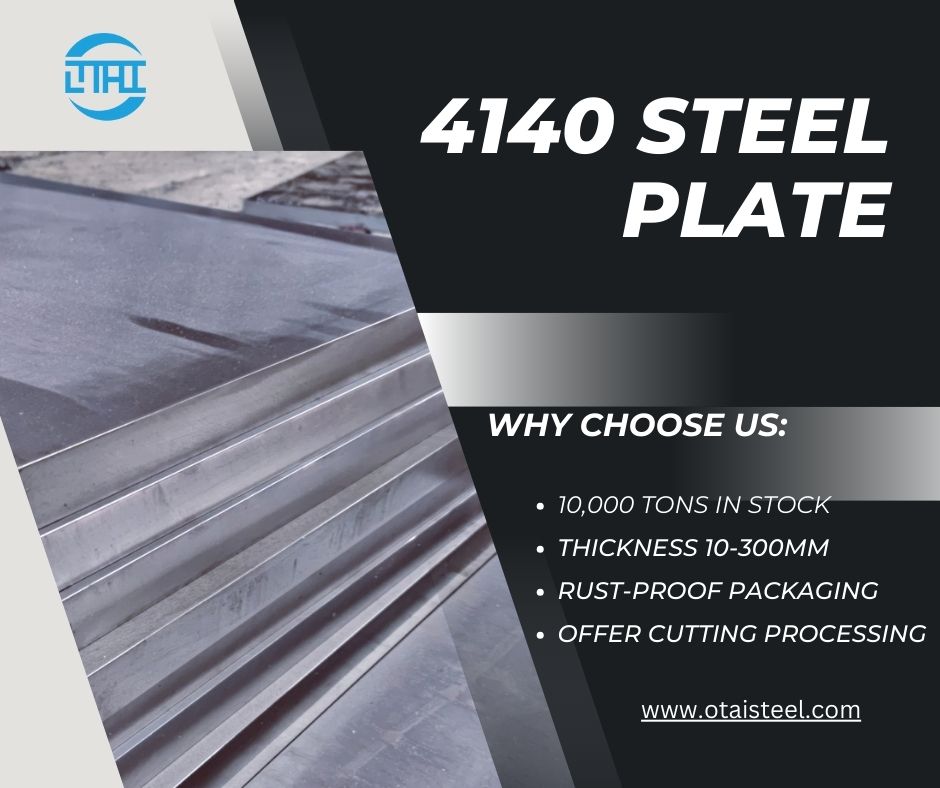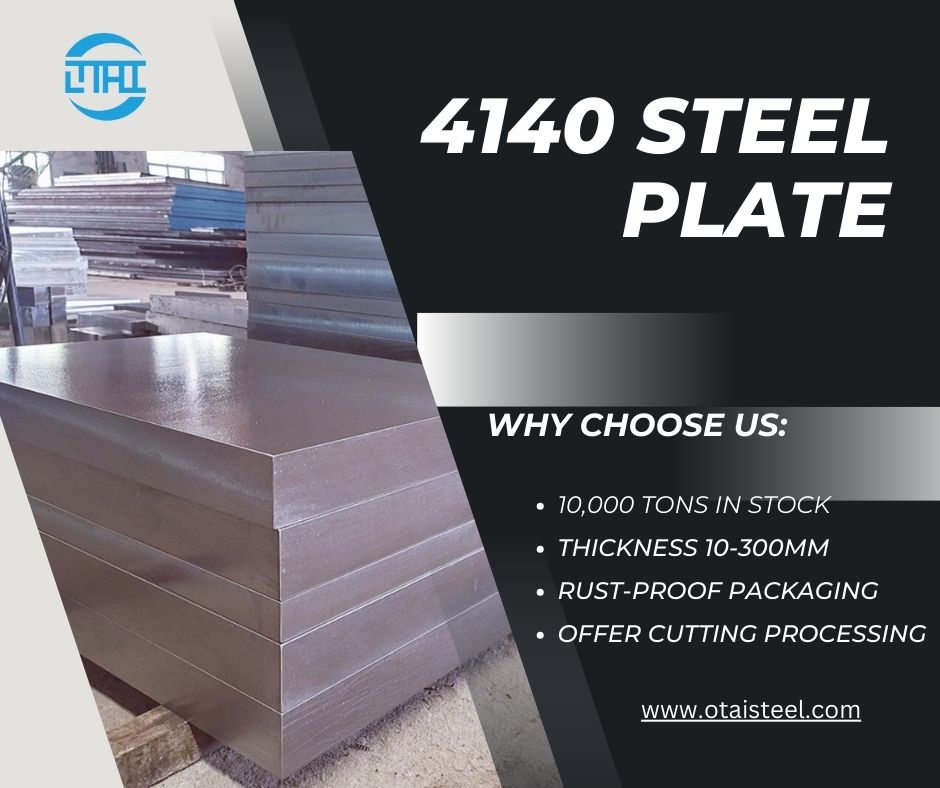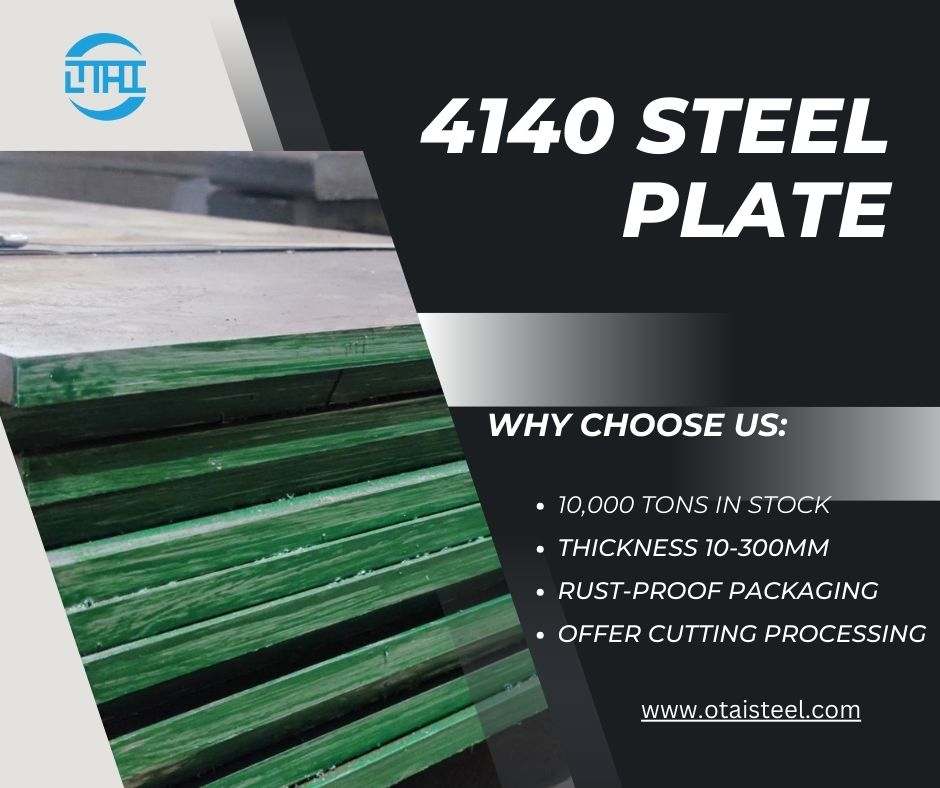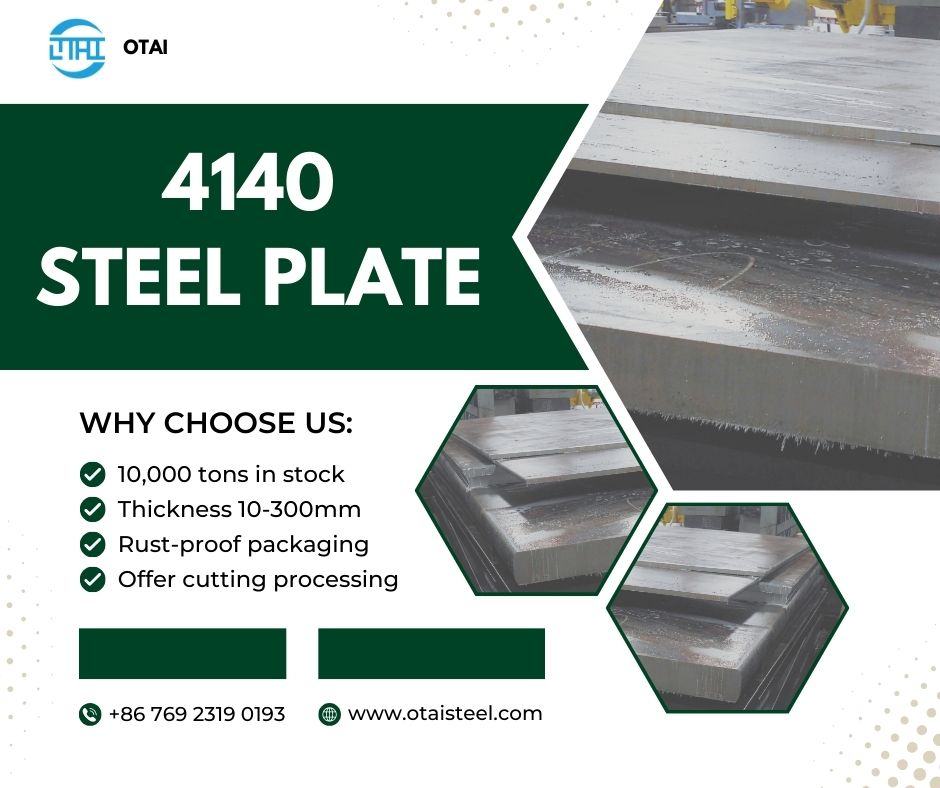 4140 Steel Ultimate Tensile: The Fortissimo of Industrial Materials
4140 Steel Ultimate Tensile: The Fortissimo of Industrial Materials
In the symphony of industrial materials, the 4140 steel stands as a robust melody. Resonating with the harmonious blend of strength and ductility. 4140 steel ultimate tensile strength is not merely a figure. It’s the crescendo that defines the steel’s resilience in the most challenging of industrial overtures. This narrative is a tribute to the 4140 steel, exploring its composition, the science behind its strength. And its unparalleled role in the orchestra of engineering masterpieces.
The Alloy’s Canvas: Composition and Genesis
The 4140 steel is a canvas painted with the elements of chromium and molybdenum, which lend it a rich hue of hardness and toughness. The interplay of carbon and these alloying agents is akin to a maestro’s touch. Crafting a material that is both a poet of endurance and a warrior of wear resistance. This section unravels the genetic makeup of 4140 steel, setting the stage for its performance in the limelight of industry.
Fortissimo of Forces: The Ultimate Tensile Strength
The ultimate tensile strength is the fortissimo of the 4140 steel’s orchestral score, the moment when the full force of its potential is unleashed. It is the pinnacle of stress that the steel can withstand before the curtain falls on its structural integrity. This attribute is the keystone in the arch of engineering design, where every calculation hinges on the steel’s ability to endure.
Heat Treatment: The Concerto of Transformation
The concerto of heat treatment is where the 4140 steel’s performance reaches its virtuoso level. Through the meticulous process of quenching and tempering, the steel’s internal stage is set for a performance of unparalleled strength. This section is a backstage pass to the transformative journey of 4140 steel, where heat and time are the conductors of its enhanced capabilities.
The Stage of Applications: A Spotlight on Success
From the wings of manufacturing to the spotlight of machinery, the 4140 steel has tread the boards of numerous industrial stages. This section casts a spotlight on the steel’s applications. Featuring case studies that showcase its ability to take center stage in the most demanding acts. The steel’s ultimate tensile strength is the star of the show, delivering performances that have won the accolades of industry leaders.
OTAI’s Act of Dedication: Your Premier Supplier
OTAI enters the stage as the dedicated supplier of 4140 steel, with a repertoire that includes an extensive inventory and a commitment to service that is as deep as the steel’s tensile strength. Our dedication to providing not just the material but also the solutions that accompany it. Sets the tone for a partnership built on quality and reliability.
Quality Assurance: The Final Curtain Call
As the final curtain call for any performance, quality assurance at OTAI is a testament to our commitment to excellence. With rigorous testing methods that echo the precision of a well-rehearsed orchestra. We ensure that every piece of 4140 steel that leaves our stage is ready for the spotlight of real-world applications.
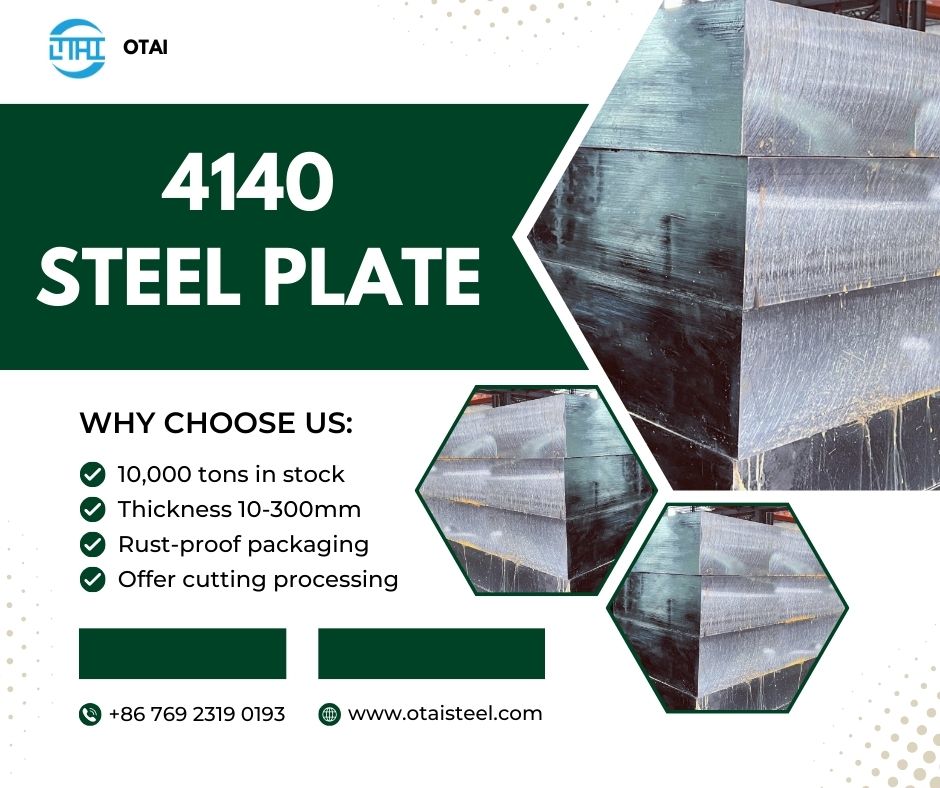 Leveraging the Magnetic Nature of 1/4 4140 steel plate for Superior Solutions
Leveraging the Magnetic Nature of 1/4 4140 steel plate for Superior Solutions